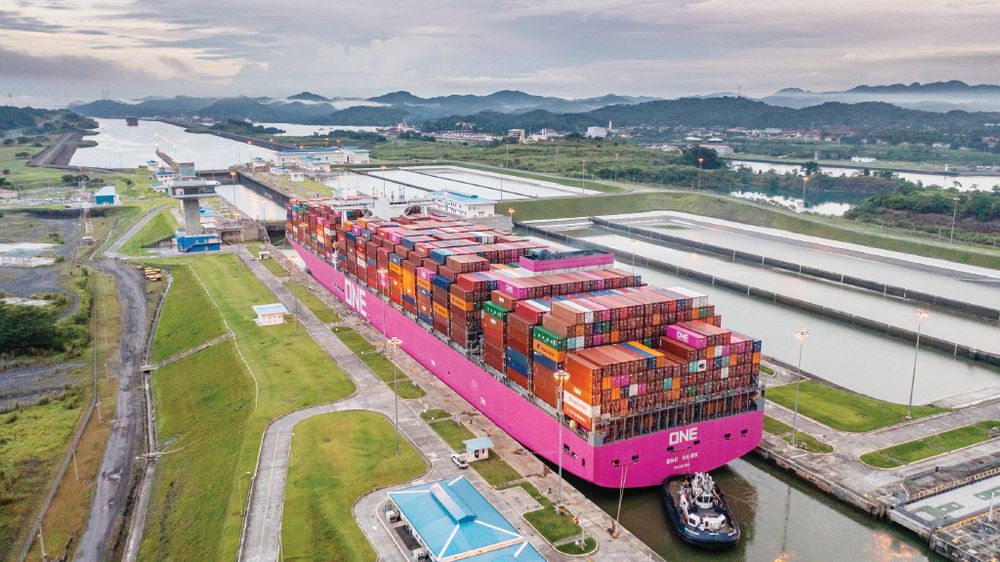Slow down for ships transiting canal protects whales and environment

Starting Saturday, August 1 and until November 30, the Panama Canal Authority (ACP) will urge vessels are heading to transit the waterway to slow down to protect whales, dolphins, and other large aquatic animals as they begin their seasonal migration.
Ships traveling to and from the Canal through the Pacific and Atlantic Oceans during this period must remain within designated navigation areas known as the Traffic Separation Scheme (TSS), seeking to reduce the overlap between vessels entering or leaving the interoceanic route and migrating cetaceans, according to the recommendations of the International Maritime Organization (IMO).
The ACP reported that vessels traveling through these areas on the Pacific side must do so at a speed of no more than 10 knots. (TSS)
Each year during the seasonal migration period, TSS in the Gulf of Panama has significantly decreased the interaction between vessels and migrating cetaceans since the scheme was first implemented and then expanded by the Panama Canal in 2014, from according to the Smithsonian Tropical Research Institute
A recent study commissioned by the Panama Canal revealed that the TSS program also encourages significant emission reductions. Analyzing the speed, position and heading of Automatic Identification Systems (SIA) between 2017 and 2019, it was found that vessels reduced their greenhouse gas (GHG) emissions and polluting gas emissions by an average of 75% during the seasonal measurements of the TTS, depending on the type, size and fuel of the ship. This equates to more than 15,000 tons of carbon dioxide (CO2), the ACP said.
“This is an industry-wide effort, and we cannot achieve any of our environmental targets, let alone those of IMO emissions reduction, without a long-term partnership with our customers,” said Alexis Rodriguez,. Environmental Protection Specialist. “We assume our sincere commitment to be the most efficient and environmentally friendly water route.”





